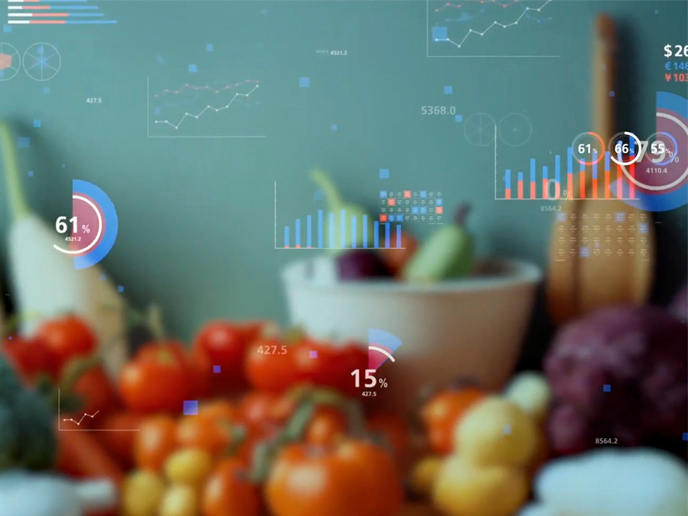Designing efficient communication systems
Many telecommunication networks allow for a two-way interaction among users, such as cellular networks, digital subscriber lines and the Internet. In fact, even point-to-point connections (in which information flows in one direction) often give rise to two-way communication scenarios due to the presence of feedback. In all these systems, feedback received from the other end of the channel is used to improve quality of communication. Nevertheless, the theory behind its use is far from complete. The EU-funded project 'Feedback and two-way communication systems' (FDBKCOMM) investigated the role of feedback in two-way telecommunication networks. It also provided technical guidance for designing robust and efficient telecommunication systems. Project members proposed new approaches for several communication settings. Examples are single-user channels with memory, multiple-user channels with feedback, compound channels with feedback and two-way channels. To analyse channels with feedback, FDBKCOMM drew from the concepts of directed information and causality, and used optimisation tools from operational research. Scientists formulated the feedback capacity of point-to-point channels and designed new communication schemes for multiple users based on code trees. Researchers developed theory for continuous-time communication with feedback. They also advanced new algorithms for computing the directed information and the capacity bounds of channels with feedback. Based on interdisciplinary research that connects telecommunications engineering with economics, the project advanced understanding of information transmission and contributed to designing better communication systems.







